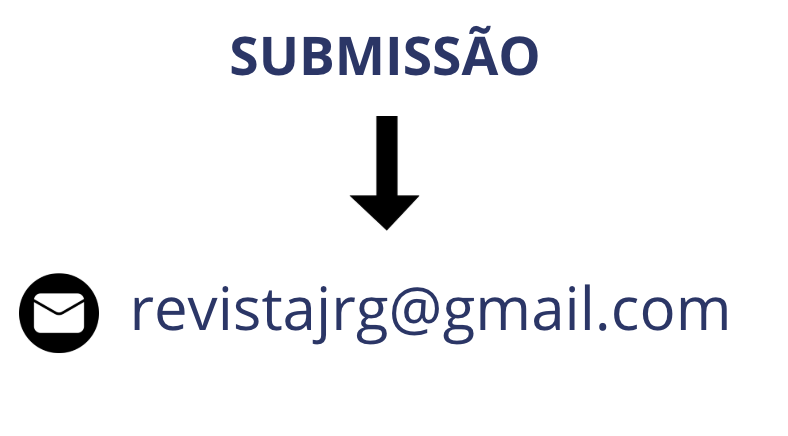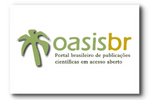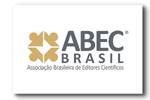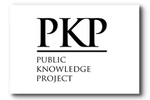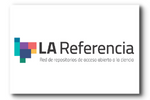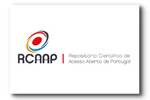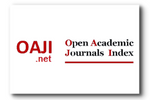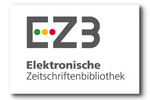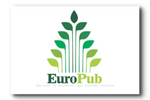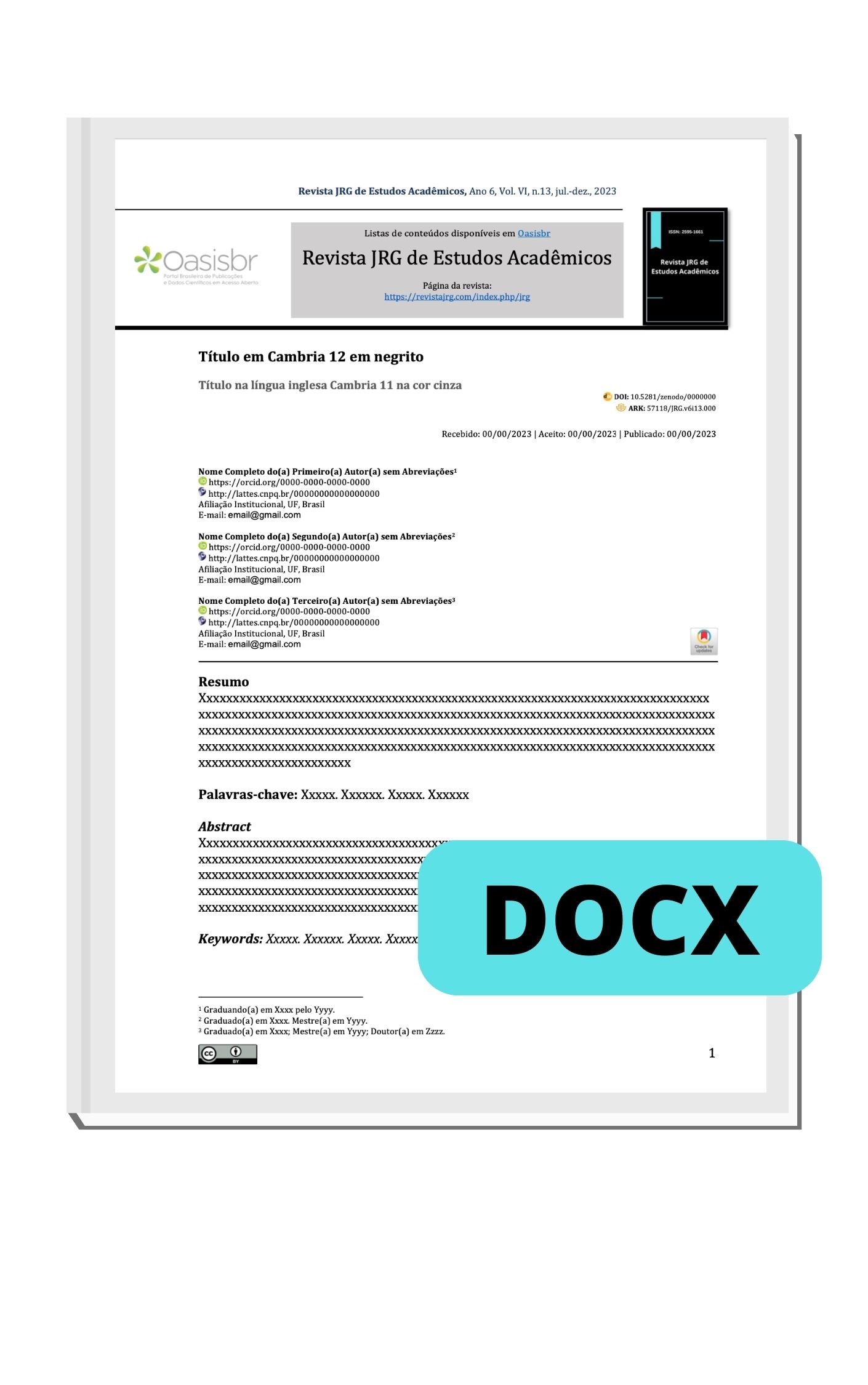Physical-chemical monitoring of water from the Areial-PB
DOI:
https://doi.org/10.55892/jrg.v8i19.2717Keywords:
Water quality, CONAMA 357/2005, Physicochemical parameters, Water resourcesAbstract
This study aimed to evaluate the water quality of the Areial Dam in Paraíba, Brazil, by monitoring physicochemical parameters at three distinct points and during three sampling periods, comparing the results with the limits established by CONAMA Resolution No. 357/2005 for freshwater and by GM/MS Ordinance No. 888/2021. Samples were collected manually in 5-liter PET bottles from the surface layer (≈20 cm) in the morning and transported under refrigeration (≈4 °C) to the laboratory. The analyses followed the methodologies of the Standard Methods for the Examination of Water and Wastewater (APHA, 2017) and included pH, turbidity, electrical conductivity, total dissolved solids (TDS), hardness, alkalinity, and chlorides, among other parameters. The results indicated that most variables remained within legal standards, with pH between 7.45 and 9.5 and low turbidity. However, a persistent increase in electrical conductivity (1940–2850 µS/cm), total dissolved solids (1079–1421 mg/L), and total hardness (up to 1000 ppm) values was observed, characterizing very hard water with a tendency towards salinization. These results suggest a combined influence of natural factors, such as local geology and seasonal evaporation, and possible anthropogenic impacts, such as agricultural runoff. It is concluded that, although the water presents good overall quality according to legal standards, the observed salinization demands continuous monitoring and sustainable management strategies to prevent future compromise of the dam's water quality.
Downloads
References
APHA; AWWA; WEF. Standard Methods for the Examination of Water and Wastewater. 23rd ed. Washington, D.C.: American Public Health Association, 2017.
BRASIL. Conselho Nacional do Meio Ambiente (CONAMA). Resolução nº 357, de 17 de março de 2005. Dispõe sobre a classificação dos corpos de água e diretrizes ambientais para o seu enquadramento, bem como estabelece as condições e padrões de lançamento de efluentes, e dá outras providências. Diário Oficial da União: seção 1, Brasília, DF, n. 053, p. 58–63, 18 mar. 2005. Disponível em: https://conama.mma.gov.br/?option=com_sisconama&task=arquivo.download&id=450. Acesso em: 12/11/2025.
BRASIL. Ministério da Saúde. Portaria GM/MS n.º 888, de 4 de maio de 2021. Altera o Anexo XX da Portaria de Consolidação GM/MS n.º 5, de 28 de setembro de 2017, para dispor sobre os procedimentos de controle e de vigilância da qualidade da água para consumo humano e seu padrão de potabilidade. Diário Oficial da União: seção 1, Brasília, DF, 24 maio 2021, p. 69. Disponível em: https://bvsms.saude.gov.br/bvs/saudelegis/gm/2021/prt0888_24_05_2021_rep.html. Acesso em: 12/11/2025.
COSTA, A. M.; FERREIRA, R. A.; LIMA, G. F.; MOURA, M. S. B. Variações físico-químicas em reservatórios do semiárido brasileiro sob diferentes condições sazonais. Revista Brasileira de Recursos Hídricos, v. 24, n. 10, p. 1–12, 2019.
ESTEVES, F. A. Fundamentos de Limnologia. 3. ed. Rio de Janeiro: Interciência, 2011.
MOTA, L. S.; FREITAS, J. N.; BARBOSA, J. P. Monitoramento da qualidade da água em reservatórios do semiárido nordestino. Revista Ambiente & Água, Taubaté, v. 15, n. 6, p. 1–14, 2020.
SILVA, M. R.; MEDEIROS, E. S.; GOMES, R. P. Qualidade da água em barragens do semiárido paraibano: estudo comparativo entre períodos sazonais. Revista Verde de Agroecologia e Desenvolvimento Sustentável, Mossoró, v. 12, n. 3, p. 412–420, 2017.
TUNDISI, J. G.; TUNDISI, T. M. Limnologia. 2. ed. São Paulo: Oficina de Textos, 2008.
VON SPERLING, M. Introdução à qualidade das águas e ao tratamento de esgotos. 4. ed. Belo Horizonte: UFMG, 2014.




